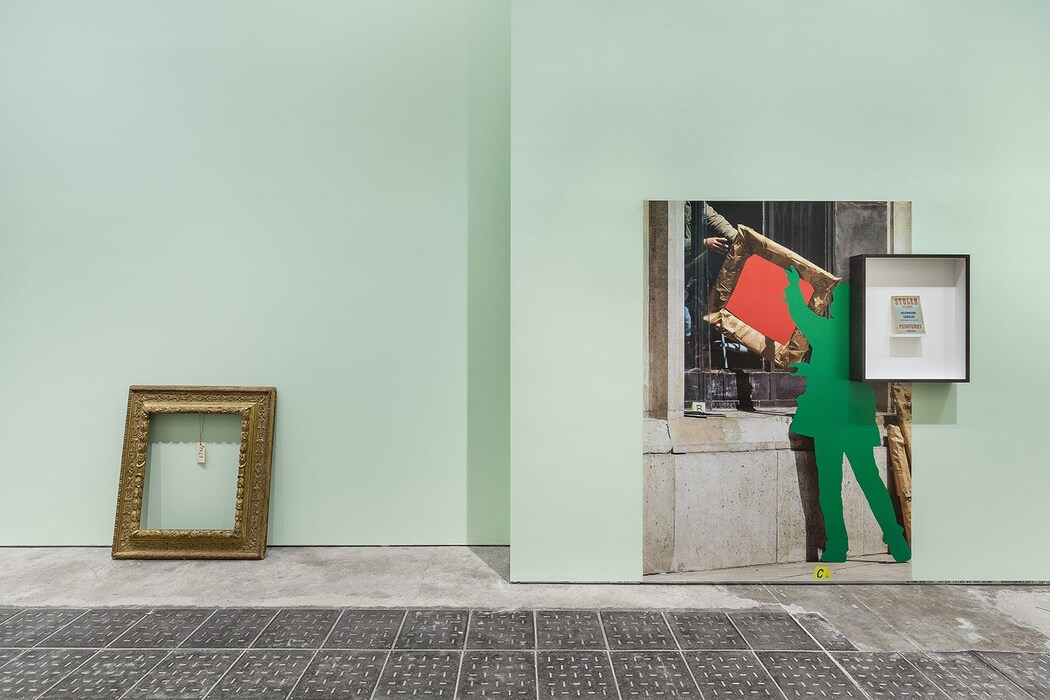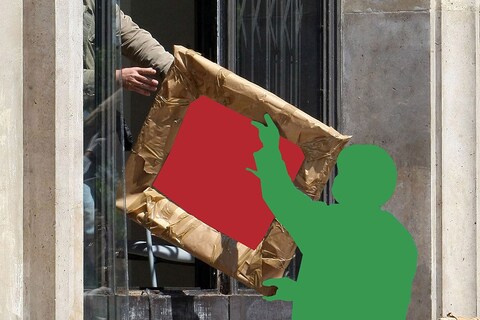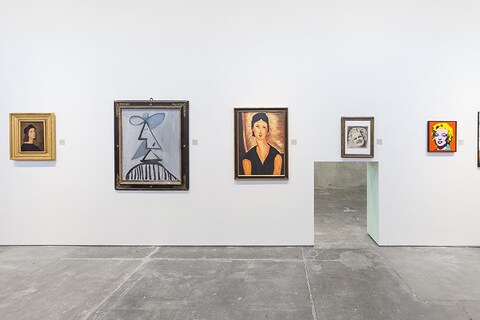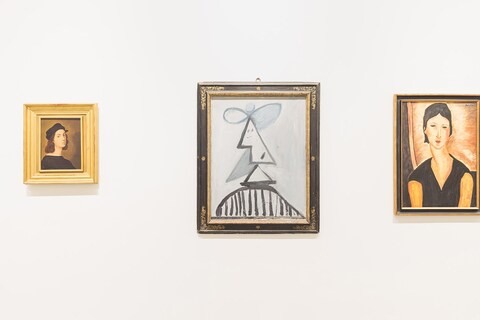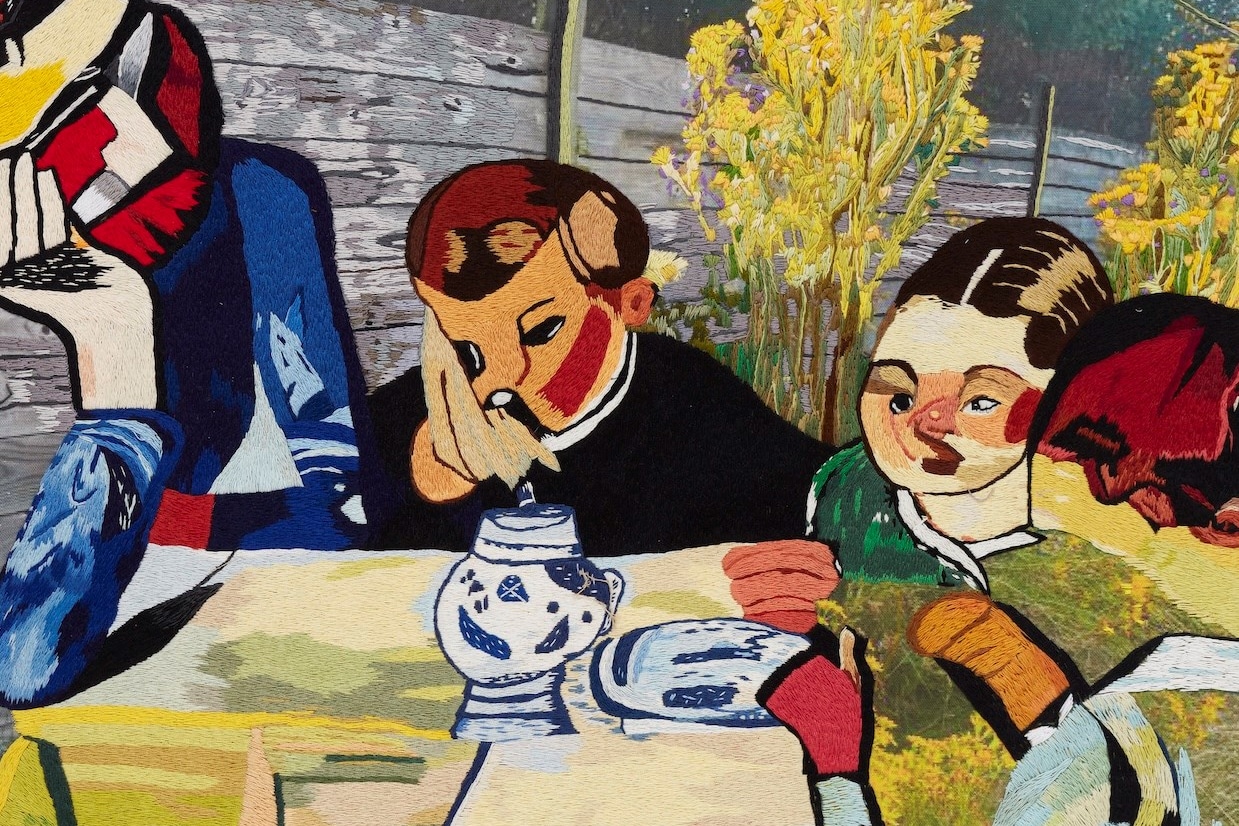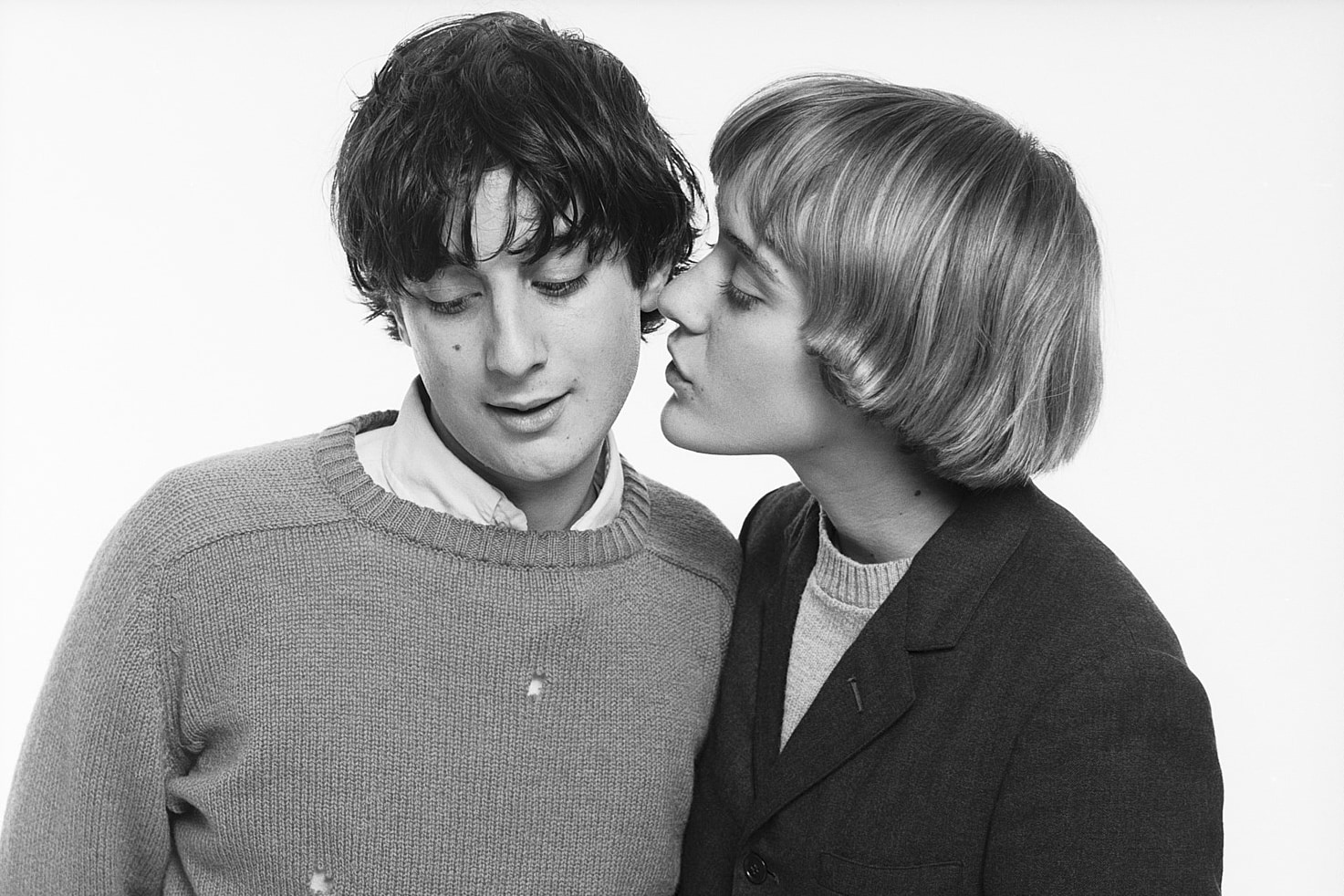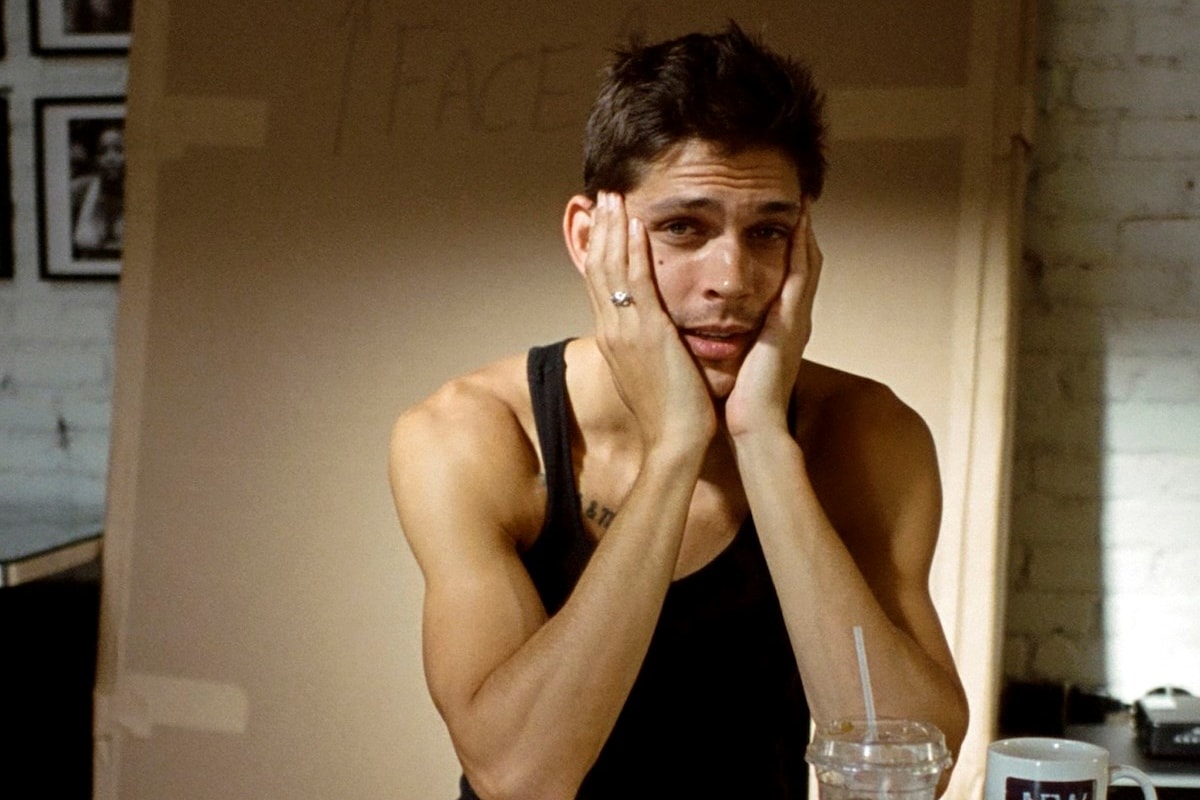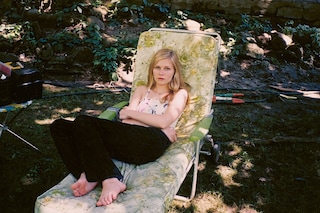The Milan institution's new Thomas Demand-curated exhibition examines copycat culture in all of its innumerable guises
In the spring of 2010, a lone thief broke into Paris’ Museum of Modern Art in the middle of the night and, opening a window, proceeded to pass priceless works by the likes of Picasso, Braque, Modigliani and Léger out of it, leaning them up carefully against the side of the building. Once outside, he or she – their identity is still unknown – carefully removed each from its frame (the large, gilded structures being too heavy to carry), rolled them up, and carried them away.
This immaculate theft, utterly unprecedented by Paris’ art institutions and completely devastating in its impact, is the inspiration behind American conceptual artist John Baldessari’s striking posters for a new exhibition at Milan’s sensational Fondazione Prada, entitled L’Image Volée. Curated by German artist Thomas Demand, the show considers borrowing, copying and appropriating as part and parcel of the art industry. “Everyone stands on someone else’s shoulders,” the vinyl letters introducing the concept read at the entrance of the exhibition, the words illuminated by the sunlight which floods in from the courtyard. Below it, the authentic, empty gold frame which once held Van Gogh’s Portrait of Dr. Gachet, itself also a stolen work, leans up against the wall: after the work's theft, the gallery decided to keep it hung, as it was – a playful reminder of the absence which follows such an act, and of how frequently, across art history, it has taken place.
The exhibition is divided into three sections: the first deals with theft as artwork, the second with faking, forgery and appropriation, and the third considers the act of making an image as stealing in itself. These separate threads are woven into one fluid narrative by the exhibition’s architecture, conceived by Manfred Pernice, which flows easily through the magnificent concrete space of the Fondazione’s Nord Gallery.
In the first section, Pernice’s constructed walls in pastel hues present a number of works in which theft is the subject at hand. There’s Richard Artschwager’s Stolen Rug, for example, an oriental carpet he literally lifted from a friend’s home to display in an exhibition and declined ever to return. There’s Hitler’s favourite painting, from which huge panels have been carefully sliced (nobody is sure who took them, or why they chose these particular sections). There’s Sophie Calle’s mesmerising reflection on Lucian Freud's Portrait of Francis Bacon, which was stolen from a German museum while on loan from the Tate: Calle asked invigilators who had spent long hours studying the painting to recall it, and displays these textual recollections alongside a photograph of the drawer in which all documents pertaining to its theft were kept after its disappearance. Perhaps most cheeky of them all, however, is Maurizio Cattelan’s police report: after reporting a conceptual artwork stolen to the authorities, the Italian artist presented the gallery expecting to exhibit the piece with the signed report in place of the fictitious work itself. The best of history's conceptual artists are united in their exploration of stealing.

As the exhibition progresses, however, the literal gives way to the figurative, and artists copying artists copying other artists – see Picabia’s defacement of Duchamp’s famous annotation of Leonardo da Vinci’s world-famous Mona Lisa, for such an example – replace the stolen artefacts themselves. This is where collage comes into play, too: John Waters, for his part, memorably removes the heads of some of the most recognisable portraits of our era, while Canadian artist Sara Cwynar’s unmissably bright wallpaper, composed out of a series of 20th century modernist works by her predecessors in the art world, makes a striking addition to Pernice’s structures.
It's the final section, however, which becomes the most jarring of them all. Subtitled Pictures That Steal, and situated in the eerily serene basement of the Nord Gallery, it examines the act of creating an image as theft in itself. Nothing feels amiss as you enter, admiring an enormous, John Baldessari-created, two-dimensional portrait of Christ which hangs suspended across the width of the room. In fact, it’s not until you step into the following space, in which you realise that a CCTV camera placed at the image’s feet was watching you experience the artwork the entire time, that you come to understand the subjectivity of such situations: seen from above, the startling image of Jesus is represented as nothing but a blue line.
Demand continues in this vein. An assemblage of news clips, rearranged to create falsified and meaningless messages about the word today; paparazzi photographs of the US president JFK, in which he appears caught off-guard or from the side, and thus utterly human; a collection of 20th century espionage materials employed by the Soviet Union to keep an eye on citizens, and since collected by a German industrial designer who, unsurprisingly, wishes to remain anonymous. The show’s final leg has a sinister edge, and it makes for fascinating viewing.
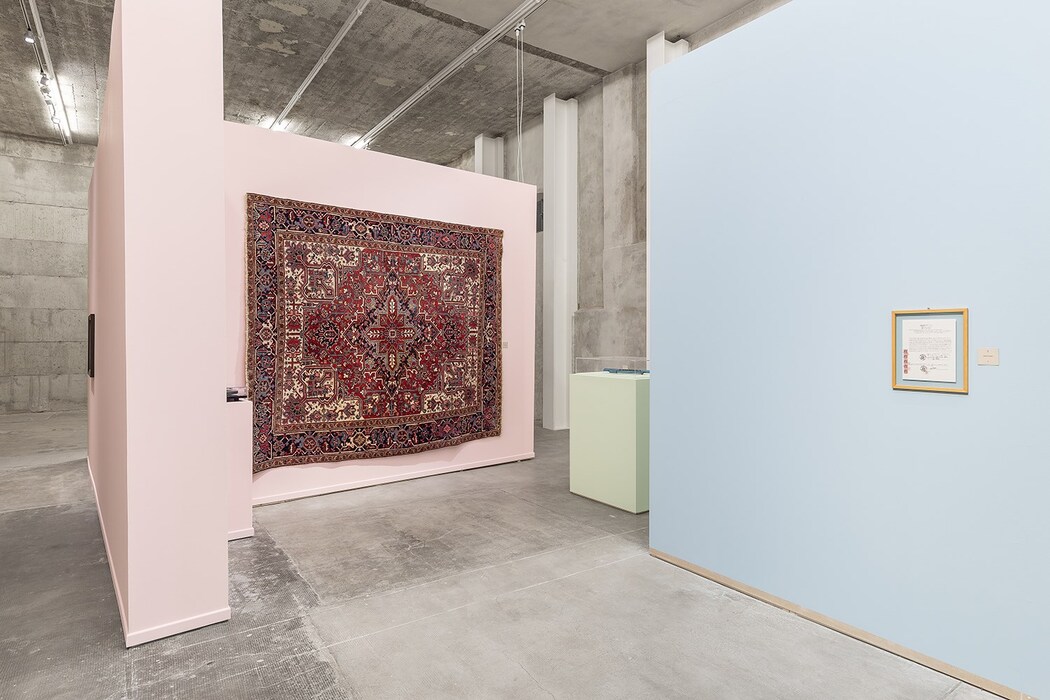
Fondazione Prada makes for a curiously apt venue for such an exhibition. The stunning and expansive institution was a distillery until its acquisition by Prada in 1994, at which point it was given over to iconic architect Rem Koolhaas and his firm OMA, who transformed it into its new iteration. The space now encompasses a haunted house covered entirely in 24-carat gold leaf, a cinema whose external walls bear sprawling panes of mirrored glass, and a number of utterly uncompromising gallery spaces, filled with permanent installations by the likes of Louise Bourgeois, Robert Gober and Wes Anderson (his 1960s-style café Bar Luce delights all who enter it), as well as a series of spaces housing temporary shows. It's a considered balance of the old – chalky concrete walls and pale grey Milanese shuttered blinds pay homage to the building's tradition – are balanced with the new. As L’Image Volée deals in the careful balance of respectful appropriation of the old alongside an unrelenting pursuit of the new, so too does the building which houses it. Just try forgetting one second of your visit.
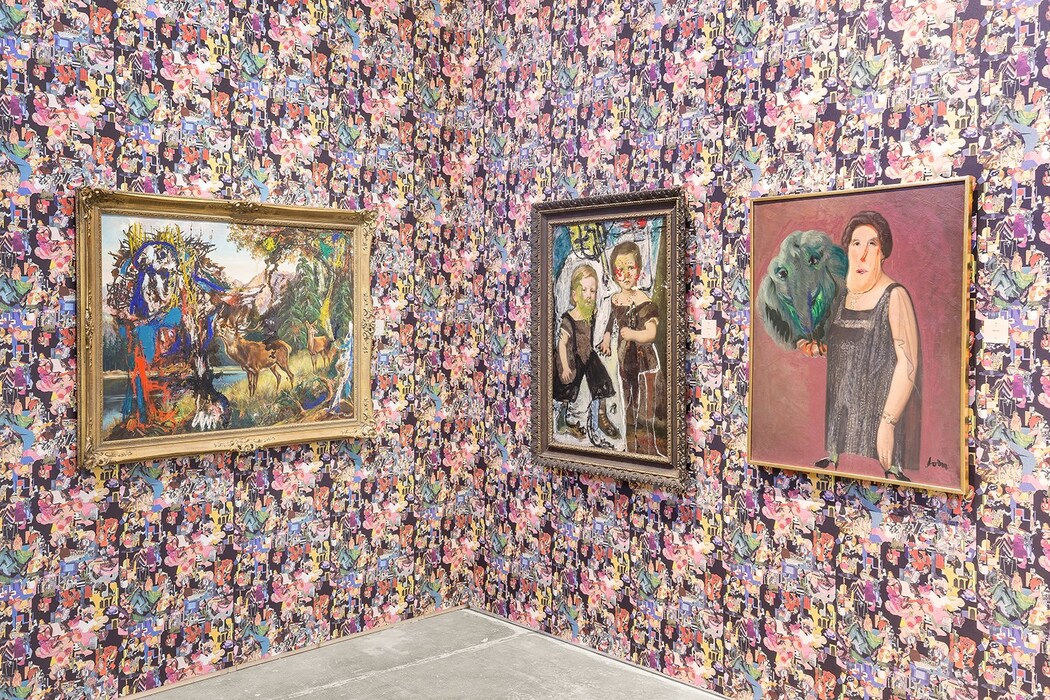
L'Image Volée, curated by Thomas Demand, runs until August 28, 2016 at the Fondazione Prada in Milan.
